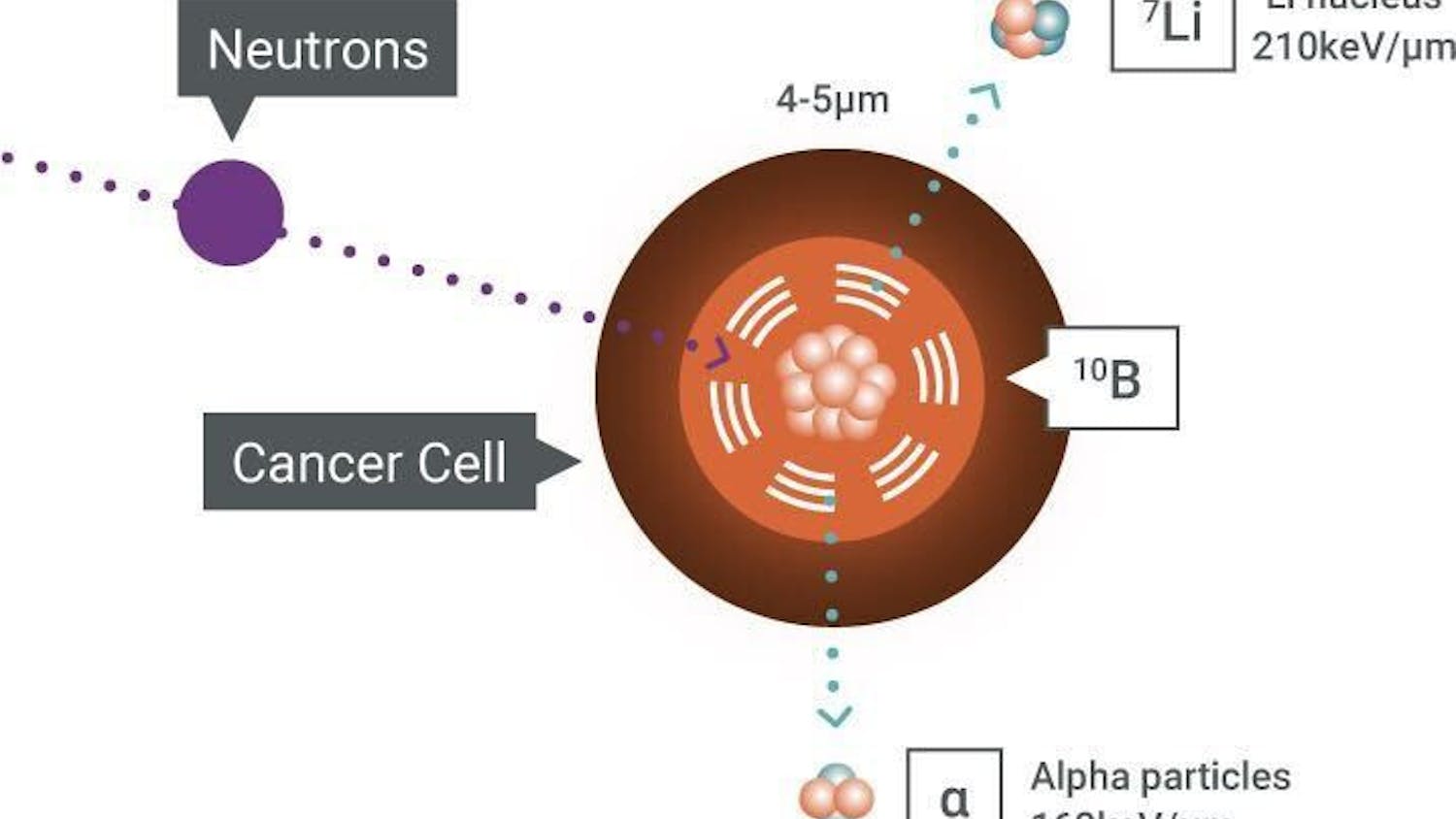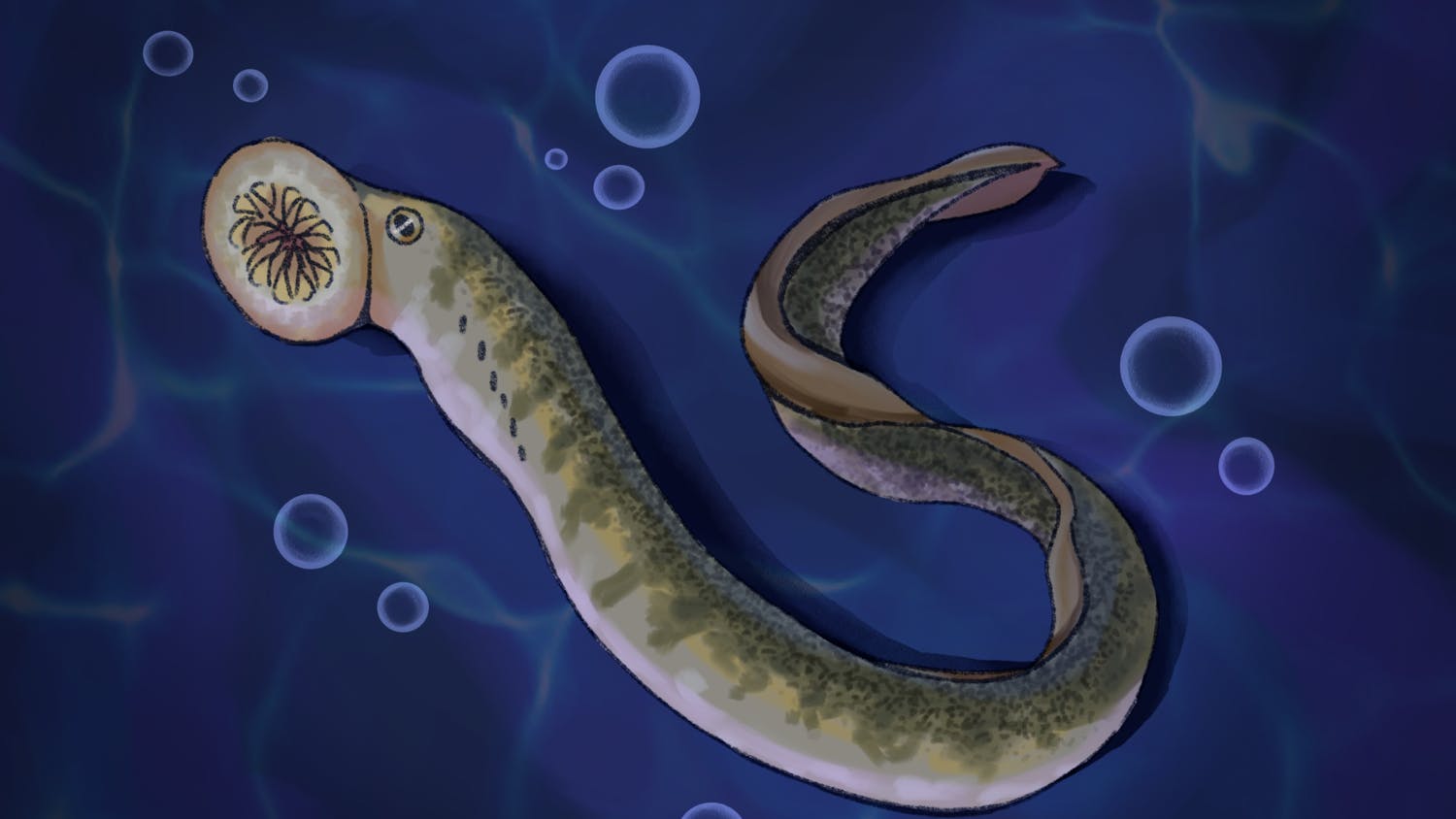Cancer in the simplest terms can be described as the abnormal and uncontrollable growth of cells. While the symptoms, diagnosis and prognosis are different and unique for every individual affected by this disease, research from the past few years has determined that most cancers are characterized by a series of genetic malfunctions that eventually lead to disruption in the molecular activity in cells. While cancer has been most commonly associated with humans, it can affect most multicellular organisms, including dogs. Research collaboration by Timothy Stein, an assistant professor of oncology, and Michael Newton, a professor of statistics and biostatics and medical informatics, has revealed a potential protein over-expressed in tumor cells called frizzled-6.
Frizzled-6 is part of a family of G-coupled protein receptors that activate the Wnt signal transduction pathway, which relates signals via receptors from the outside to the inside of the cell. Stein Lab studies the abnormalities in the Wnt signaling pathway for future clinical therapies to treat cancer.
The recent paper authored by Dr. Lucas Rodrigues, a post-doctoral researcher within the lab, along with Stein, Newton, associate research specialist Victoria Thompson and recent doctor of veterinary medicine graduate Katie Holmes was published in the journal of Veterinary and Comparative Oncology online. They studied tumorogenic cell lines of dogs with osteosarcoma, a bone cancer.
“[We] first set out to identify why there is a difference in behavior of a tumor based on alkaline phosphatase … we weren’t expecting to go down this path,” Stein said.
Alkaline phosphatase is an enzyme found in both dogs and humans that cleaves a phosphate group with the addition of water to phosphomonoesters. The Stein Lab found that more alkalinity is usually associated with a poorer prognosis. By looking at patients affected by osteosarcoma along with Newton, they searched for gene expression differences in dogs expressing differences in alkaline phosphatase. They generated six cell lines, three from patients with high alkaline phosphatase expression and three with normal expression and they found no difference in gene expression based on alkaline phosphatase.
However, when they removed the cells and transplanted them into mice, they discovered that among the six cell lines they looked at, three formed tumors and three did not.
To understand why three of the lines generated tumors, they performed a computational modeling technique that measures gene expression called a microarray analysis. The route of how a gene is expressed in a cell starts first with the transcription of the gene from DNA to convert it to mRNA, which moves from the nucleus to the cytoplasm of the cell where the mRNA is translated into that protein. In this process, the mRNA is trimmed and processed from the DNA to code specifically for a particular protein. Thus, converting this protein-specific mRNA back to DNA is necessary for analyzing the amount of mRNA.
The DNA generated from mRNA is called cDNA. Using cDNA, DNA microarrays allow detection of differences in gene expression between tissue types. The microarray results in different fluorescence intensities that can then be quantified and statistically analyzed. Through this method, the researchers were able to identify that the frizzled-6 gene was expressed around eight times more in tumor-forming cell lines. The specific cascade initiated by frizzled-6 and how it affects the development of cancerous cells has yet to be determined. The overexpression of frizzled-6 suggests that the protein either forms tumor cells directly or is an indirect result of other mutated pathways.
“What we are interested in doing now is seeing is this affected in human tumors [as well] and [what is the] prognosis…Within the lab itself, we have the three cell lines that express it in a high amount and we are forcing it overexpress in cell lines that express it in a lower amount and seeing if those form tumor lines. And in cells that already overexpressed, can we reduce their ability to form tumors,” Stein said.
This research was funded by the UW-Institute for Clinical and Translational Research from The UW-Madison School of Medicine and Public Health.
Correction: A previous version of this article said Frizzled-6 expression causes canine bone cancer. While there is an association with Frizzled-6 expression being associated with increased bone tumor formation, a direct causal effect has not been determined. Also, Dr. Lucas Rodrigues, the primary author of the paper, was not mentioned.






